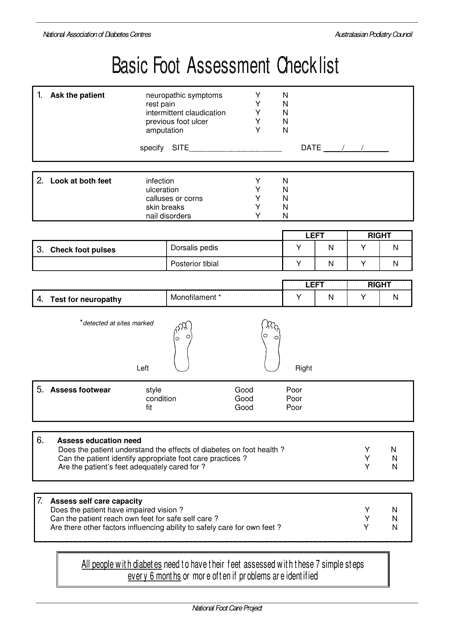Free Body Measurement Chart Templates
Body Measurement Chart: What Is It?
A Body Measurement Chart can serve as a powerful motivator during a workout routine. Furthermore, if it shows that an individual is not improving, the chart serves as a reminder to make a change to the routine because the most important factor in losing weight is getting rid of excess fat. Simply weighing yourself is not an accurate reflection because it also takes into account the muscles and everything else but by measuring body parts, you can clearly see if fat layers have decreased.
Nobody would want to invest their personal time on a fitness routine that isn't aiding them in achieving the goals that they set out. But by using a standard Body Measurement Chart and analyzing several body areas, like your arms, chest, hips, and thighs, anyone can use the chart to see whether or not their workouts are actually producing the desired results. You can also keep track and monitor progress over time by using a Body Measurement Tracking Chart.
Although there are various Body Measurement Charts available, you may want to find one specific to your gender as a Male Body Measurement Chart and a Female Body Measurement Chart can look different and in some cases may measure different body parts, depending on their goals.
For a full list of Body Measurement Chart templates please feel free to check out our library below.
How to Read a Body Measurement Chart?
Reading a Body Measurement Chart is quick and easy as long as you know which steps to take and what to do. The most important things to consider when reading your measurements and writing them down are listed below:
- Make sure that your clothes do not affect the results, to prevent this an individual needs to either choose fitted clothes or nothing at all;
- Stand upright with the legs together and remain comfortable whilst obtaining measurements. Avoid tightening, contracting or pulling on any parts of the body;
- Find a flexible, non-elastic measuring tape that will allow more accurate measurements;
- Repeat the dimensions a minimum of two times for precision. The overall measurements are taken as an average;
- When taking any measurements, raise the measuring tape until it rests on the surface of the skin without pressing against it;
- Chart your progress and assess it to determine if any improvements have been made or if any changes are necessary.
There is no specific list of body parts that you need to measure, but there are some recommended ones that will help you see the results a lot clearer. Remember, this will largely depend on your goals and what body parts you have been focusing on during your training sessions and apart from the classic waistline and calves, you may also:
- Locate the broadest region of the torso to measure the abdominal muscles;
- For arms, on each arm locate the spot halfway between the elbows and shoulders;
- Locate the area around the chest that is the broadest;
- Locate the hips by finding the broadest section of the glutes;
- Locate the thighs by finding the broadest part.
Still looking for a particular template? Take a look at the related templates below:
Documents:
5
This document provides a chart for tracking and recording measurements of a female body, including bust, waist, and hip measurements. It can be used for clothing sizing, fitness tracking, or body composition analysis.
This document is a template for tracking progress measurements and weight using Isagenix products. It helps users keep track of their progress and monitor their weight loss or fitness goals.
This template is a detailed list of body dimensions created to document potential changes in the shape of a person.
This checklist is used to assess the basic condition of the feet. It includes components such as asking about pain or discomfort, checking for swelling or sores, inspecting the skin, nails, and footwear, and assessing for any abnormality or signs of infection. This document helps healthcare professionals in conducting a preliminary foot assessment.


